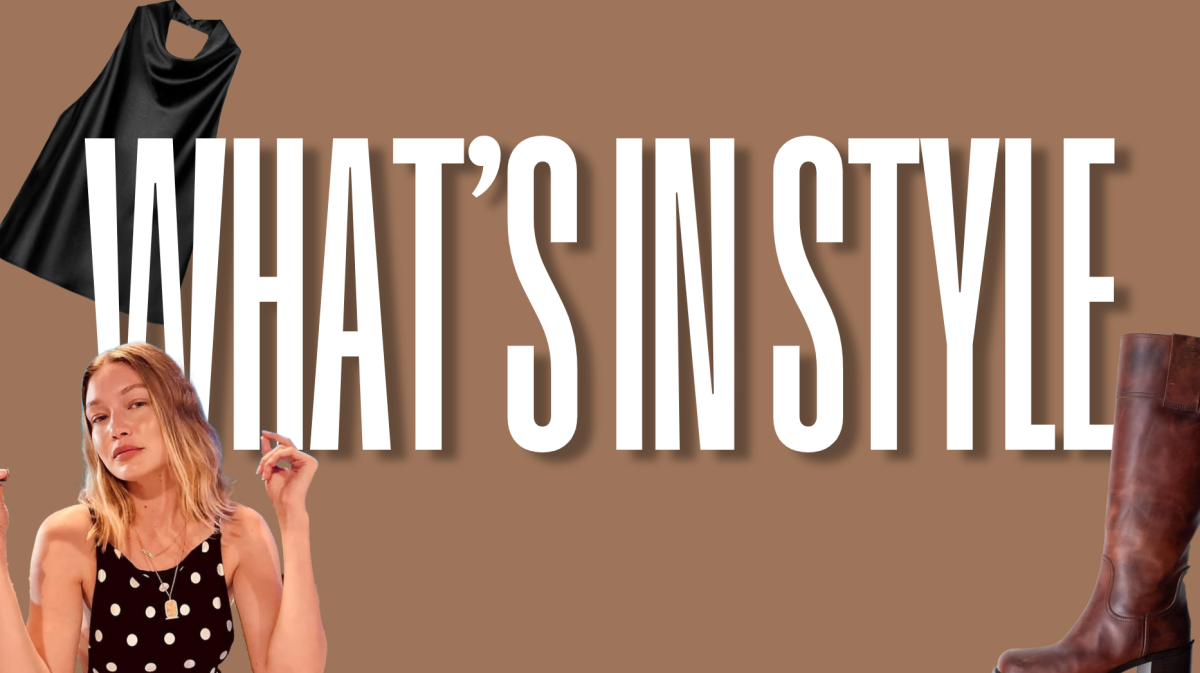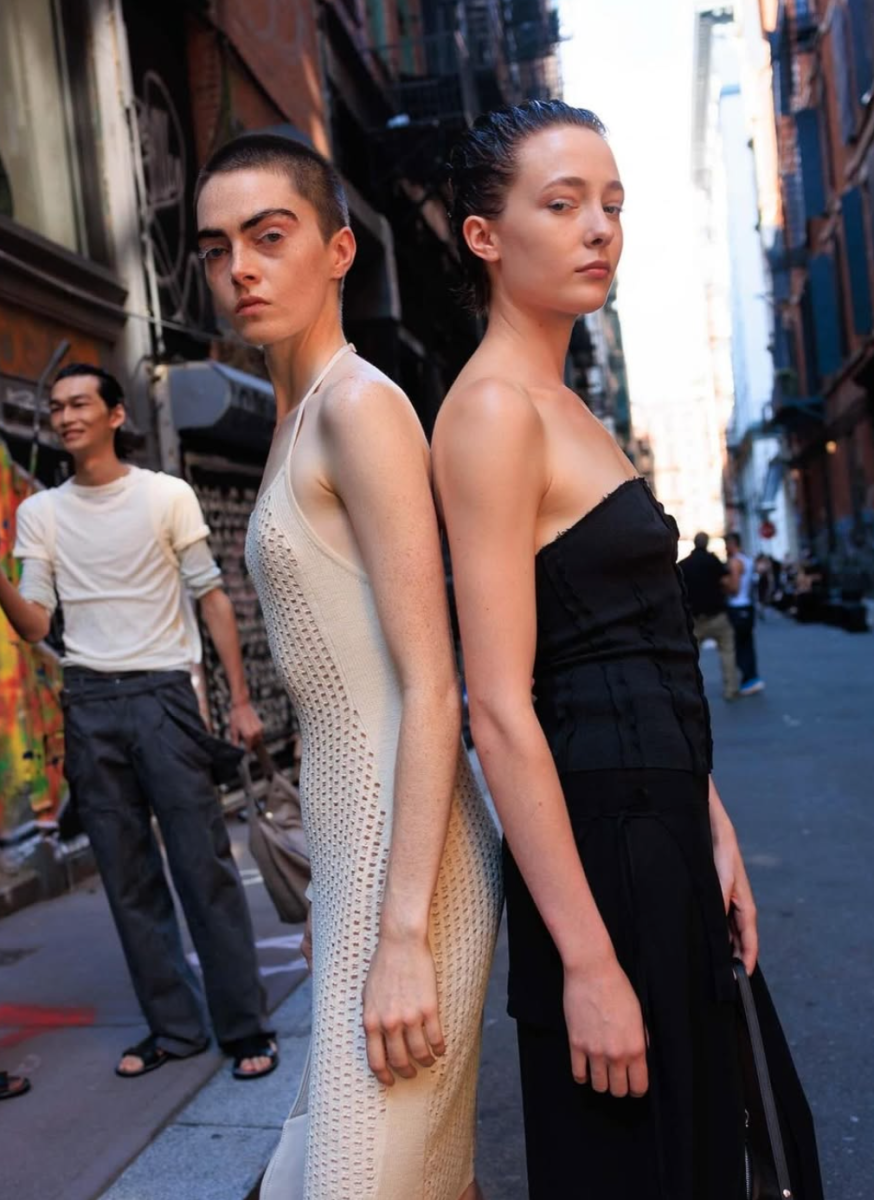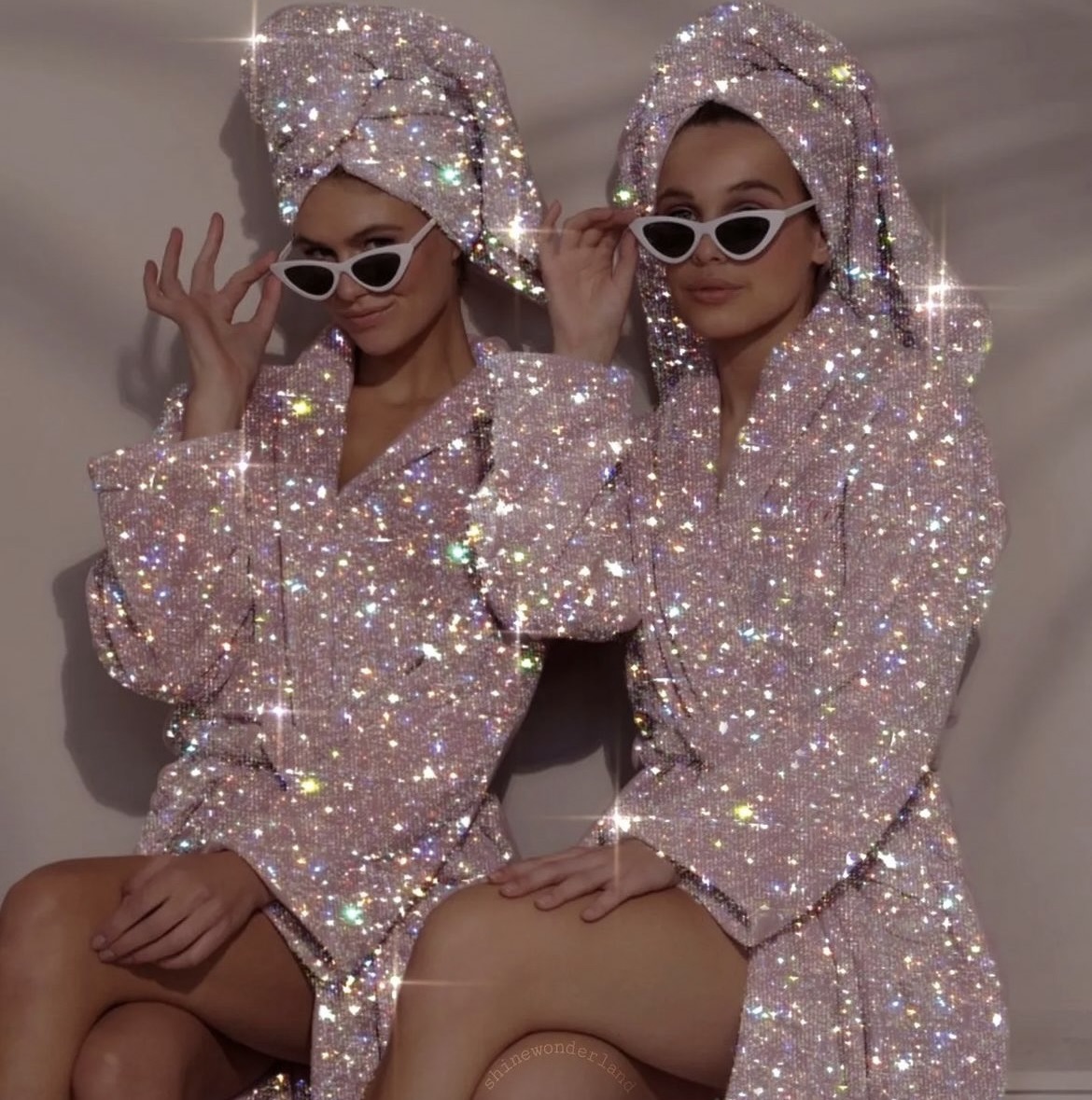By ALLEGRA HOWARD
STAFF WRITER

Many students are familiar with the workings of college, so now is a perfect time to apply for a spring internship, and dressing appropriately will play an instrumental role in getting an internship.
In her article “How to Dress for a Job Interview,” CollegeFashion.net creator Zephyr says, “First impressions are formed in seven seconds. 38 percent of a first impression is based on inflection and tone of voice (how you say things), seven percent is based on what you actually say, and a whopping 55 percent of a first impression comes from NONVERBAL cues! In short, more than half of every first impression is based on how you look!”
Career Services’ Associate Director of Employer Relations and Gabelli School of Business Liaison Kathlene Lewis explains how dressing appropriately shows employers firsthand how professional a student can be.
“Planning for your professional dress attire is similar to how you would prepare for an interview,” Lewis said. “Are you taking it seriously? Are you preparing ahead of time what you’re going to wear, or are you rushing the morning of and throwing on white sneaker socks that do not match your nice dress shoes? Your appearance plays a part in your overall presentation to the employer.”
“At every meeting, one-on-one with a client or photo shoot, you are representing the company,” said Cristina Berron GSB ‘16, a member of Fashion for Philanthropy. “Your outfit is what the client sees before everything else, so it is very important to style yourself professionally.”
Being well-dressed can even be the decisive factor in getting an internship. At Career Services’ Dining Etiquette & Fashion Show last November, Career Services Director Stefany Fattor told attendees about an extreme case when a Fordham alumnus refused to hire a candidate because his or her shoes were scuffed, and then denied the second candidate because he or she wore white socks with an otherwise professional outfit.
“They went with student C. All equally talented, but student C showed they care and paid attention to detail,” Fattor wrote.
Dressing professionally can be a particular concern as the weather warms up, but spaghetti straps and other revealing clothing still are not appropriate. Applicants should instead wear conservative, well-fitted and ironed suits. Skirts and dresses should be knee-length, necklines should be modest and shoulders should be unexposed. Even so, applicants can still remove their blazers in hot weather as long as what lies underneath is professional.
If suit pieces are still too tight or too baggy, applicants should take them to a tailor. In fact, Corporette said in her article “Guide to Basic Women’s Suiting” that applicants should have already tried on their clothes and know whether or not they’re comfortable and fitted.
“Be careful of vents in the skirt — what seems like an acceptable side-slit may reach your mid-thigh once you’re sitting down. (Always, always, always pull your chair to the front of a full-length mirror and sit down in front of it, to assess your interview outfit.),” Corporette writes.
“When you try a jacket on, you are really checking to see if it fits in the shoulders,” Andrew Snavely writes in his article “Well-Groomed Tutorial: How a Suit Should Fit.” “It is one of the few alterations that is too expensive to be worth it. The seam should rest naturally on your shoulder. Lean against a wall: if you jacket touches first, it’s too big.”
Moi-Même also writes that people should keep the material of the suits in mind.
“High-quality natural-fiber fabrics wear better and last longer than lower-quality synthetics,” Moi-Même says.
“Natural fibers also ‘breathe’ keeping you cool under pressure,” Corporette writes. “Seek a wool blend with a smooth finish that repels lint. Avoid shell/exterior fabrics with synthetic-fiber content (e.g. acetate or polyester) that exceeds 10 percent.” Thus, students should then seek cotton suits as the weather continues to warm up.
Even with this is mind, Corporette says suits should be very low-maintenance.
“You shouldn’t have to dry-clean your suit very often,” Corporette writes. “You should dryclean all of the pieces together so they wear evenly. In the rare event that your suit rips after just a few wears, your first line of defense should be to call the company; after that, try taking it to a tailor. When your suit starts to look shiny (or dry-cleaning doesn’t take the smell away), it is time to get a new suit.”
Students can mix and match suit separates, especially solid-colored neutral pieces, with the rest of their wardrobe to further get the most value out of a suit.
Applicants should also wear suits in medium to dark neutrals and avoid patterns and prints, and people should especially avoid pinstripe suits if they are only buying one or two suits.
“They tend to be more memorable, harder to accessorize, and the pieces tend to be harder to wear as separates,” Corporette writes.
Amada Hassan FCRH ’17 also suggests in her article “Wear THIS not THAT” in Mode’s Fall 2013 printed issue that students should wear something simple, polished, classy and formal instead of something showy, lazy and flashy. Applicants should also avoid sexy outfits, and Hassan warns students to avoid leggings, jeans, capris and shorts. Students should invest in button-up shirts instead of T-shirts.
Applicants also shouldn’t wear sneakers, moccasins, flip-flops, platforms, sandals or white socks. They should choose professional shoes like closed-toe pumps or lace-up Oxfords. Shoes should be clean of dirt, properly polished and not scuffed, and men should wear socks that are high enough to hide their skin as they sit down and cross their legs.
Claire Paganussi GSB `15, a member of Fashion for Philanthropy, also writes that women do not necessarily need to wear heels for their internships.
“As an intern, you’re constantly running around so it’s better to wear flats or boots,” Paganussi wrote. If a student really must wear heels, College Fashion contributor Sarah from Binghamton University suggests an alternative in her article “How to Get the Internship of Your Dreams: Part 4.”
“If you aren’t comfortable wearing heels, wear a pair of ballet flats or flip flops, then carry the heels in your bag. Before you go into the interview, swap the comfy shoes for the heels!”
Students also should not bring backpacks or overstuffed bags. Instead, bags should be inconspicuous, professional and structured like satchels or laptop carriers. Students can also simply leave their bags in their cars if they arrive to their internship.
“It’s important to bring a professional folder/ portfolio to your interview, multiple copies of your resume, blank pieces of paper and something to write with,” says Lewis. “If you have business cards, bring them too!”
Lewis further suggests that accessories like jewelry and ties should be modest and unobtrusive, but interesting accessories can enliven a basic suit as well as serve as conversation-starters.
“If you want to wear a cute pair of earrings, that’s fine, as long as it is not unprofessional,” said Lewis. “If you are wearing a pin that referenced what political party you’re affiliated with, I would say no, that’s not a good conversation starter. You never want to talk about politics, religion, etc. in an interview.”
Corporette also suggests that applicants wear a watch, even if they use their cellphone to check the time. “They signify reliability to the interviewer,” Corporette states.
Hassan further writes on accessories, “Don’t wear headphones, hats or sunglasses. Save the scarf for later. Match your belts and shoes.”
Applicants should look simple but well-groomed, and their hair should be out of their face. Hassan also suggests that applicants should avoid experimenting with their hair on the day of their interview, disguise tattoos and piercings and apply minimal amounts of neutral make-up in a natural look. For example, wearing concealer to hide blemishes or applying translucent powder to decrease shine is acceptable. However, applicants need to be especially careful with perfume.
“One student arrived to an interview wearing too much cologne,” Career Services’ Associate Director and Manager of Programs and Assessment Cassie Sklarz writes. “After the interview was over and the student left, the employers asked to be moved to a different room because the smell was still so strong.”
Students may be able to dress more creatively once they get an internship, but Lewis suggests that they should still keep their position and company in mind.
“If you have a job that’s client-facing you may need to dress more on the conservative side in business professional attire. If you ever question what is appropriate to wear on the job, ask your company’s HR Department if they have a dress code”. The same applies to other accessories, make-up and hair.
Business casual dress codes are much vaguer and vary even more from business to business, but it may include forgoing suit jackets or ties, wearing khakis instead of slacks and trying brighter colors or fun patterns.
When in doubt, applicants should dress formally and professionally just to be safe, especially to their interview, even if the company is known to have a very casual or creative dress code.
Sarah also writes in “Diary of a PR Intern in New York City – Week 4,” “When you’re working for a non-fashion company (i.e. an office job) that could help you in the future, it’s not the time to experiment with your style.” If applicants still aren’t sure, they can ask the recruiter or the Human Resources department for more information.
However, the nature of the internship is what will really dictate how one should dress. For example, the financial industry usually demands a more conservative dress code. In that case, women may want to wear a business suit instead of a pants suit.
“If it’s something more creative like visual merchandising you can wear more relaxed clothes,” Paganussi writes.
Lewis recounted how a student once alienated her coworkers because she wore a full business suit every day to her internship at Google while everyone else wore jeans and flip-flops.
“It’s important to identify the company culture and corporate norms, especially at an organization such as Google where the culture is so unique,” Lewis says.
“The most important piece of advice I have received from my employers in the Fashion Industry is that you need to dress with the client and company in mind,” Cristina Berron GSB ‘16, a member of Fashion for Philanthropy, writes, best summarizing how to dress for an internship.
The variety of dress codes underlines the importance of researching the company beforehand. Though company websites may not fully explain what the dress code is, interviews at the company are a great opportunity to observe the dress code firsthand.
“Take advantage of any opportunities to do site visits,” Lewis said. “We organize Career Views in the [Career Services] office here [at Rose Hill] and will bring students to the company for an hour or two. Typically, you can get a tour of the office and meet the people that work there. It allows you to get a first-hand look at the company culture and atmosphere, while learning more about the organization’s career opportunities.”
The cost of professional clothing varies, and students can buy them from a huge variety of stores like Anne Klein, Ann Taylor, Banana Republic, Brooks Brothers, Calvin Klein, Express, Gap, J. Crew, Le Suit, The Limited, Macy’s, Men’s Wearhouse, Newport News, Nordstrom, Spiegel Chadwicks, Tahari, Theory and TJ Maxx.
Of course, the best way a student can present his or herself is being to-the-point, good-natured and perceptive. So stand tall, make eye contact and smile. To see more on what to wear and what not to wear to an internship, follow Career Services on Pinterest at FordhamCareers or visit CollegeFashion.net. For any other questions, visit Career Services at Room 224 in McGinley Center from 9 a.m. to 5 p.m. Mondays through Friday, call them at (718) 817-4350 or visit them online at Facebook at FordhamCareers, Twitter at @FordhamCareers, Blogspot at FordhamCareerServices.blogspot.com and YouTube at RamsCareerServices.










































































































































































































